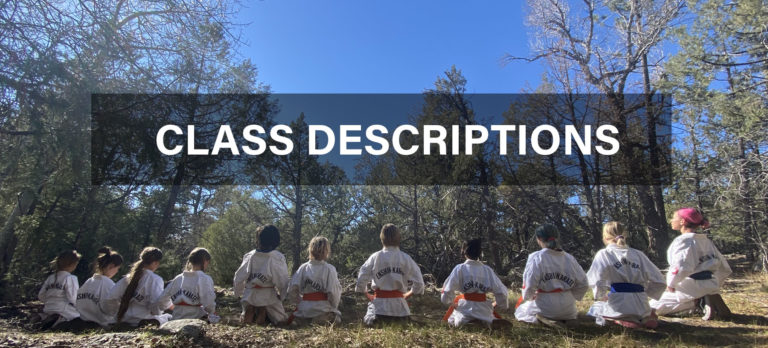
When Ninomiya was 17, he was chosen to compete in the 1971 All-Japan Tournament as the youngest competitor. One year later, in 1969, Ninomiya began training in Ashihara's Kyokushin karate dojo. It was there that he met the man who would become his teacher and mentor in karate Hideyuki Ashihara. After turning 14, Ninomiya did extra Judo training at the local police station gym on weekends and holidays. At age 12 Ninomiya began training in a Judo class taught by a teacher at his junior high school. Joko Ninomiya ( 二宮城光, Ninomiya Joko) was born on January 27, 1954, in Yawatahama City, Ehime Prefecture, Shikoku, Japan. "Kaikan" basically means "organization." History

"Shin" signifies that the Enshin students are not adversaries, but members of a mutually supportive family. a process and not an end that is most important. However, the circle is "open" or "unfinished" to suggest that studying Enshin and Sabaki is a continuous journey, i.e. Meaning of name Įnshin is derived from two Japanese words or kanji: "en," meaning "open or unfinished circle," and, "shin," meaning "heart" or "inner." "En" relates to the circular movement inherent in the Sabaki Method. The organization is noted for its annual tournament, the Sabaki Challenge, a full-contact, no pads/no gloves, knockdown karate rules competition held annually in Denver and open to advanced martial artists from any style or school. Įnshin was founded by Jōkō Ninomiya who directs the Enshin organization from the honbu in Denver, Colorado. Although Enshin is a " stand-up fighting" style that includes kicks, strikes, and punches found in most other styles of karate, it also utilizes numerous grabs, sweeps, and throws often associated with Judo or other grappling styles of martial arts. The core emphasis in Enshin is use of the Sabaki Method, a system of techniques employed with the goal of turning an opponent's power and momentum against him or her and repositioning oneself to the opponent's "blind" spot to counterattack from a more advantageous position.


 0 kommentar(er)
0 kommentar(er)
